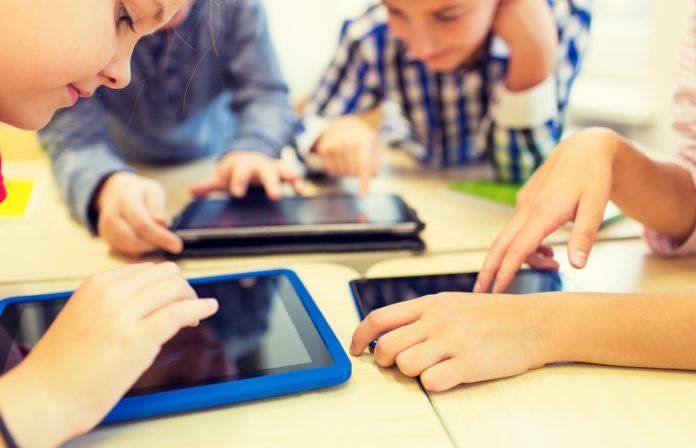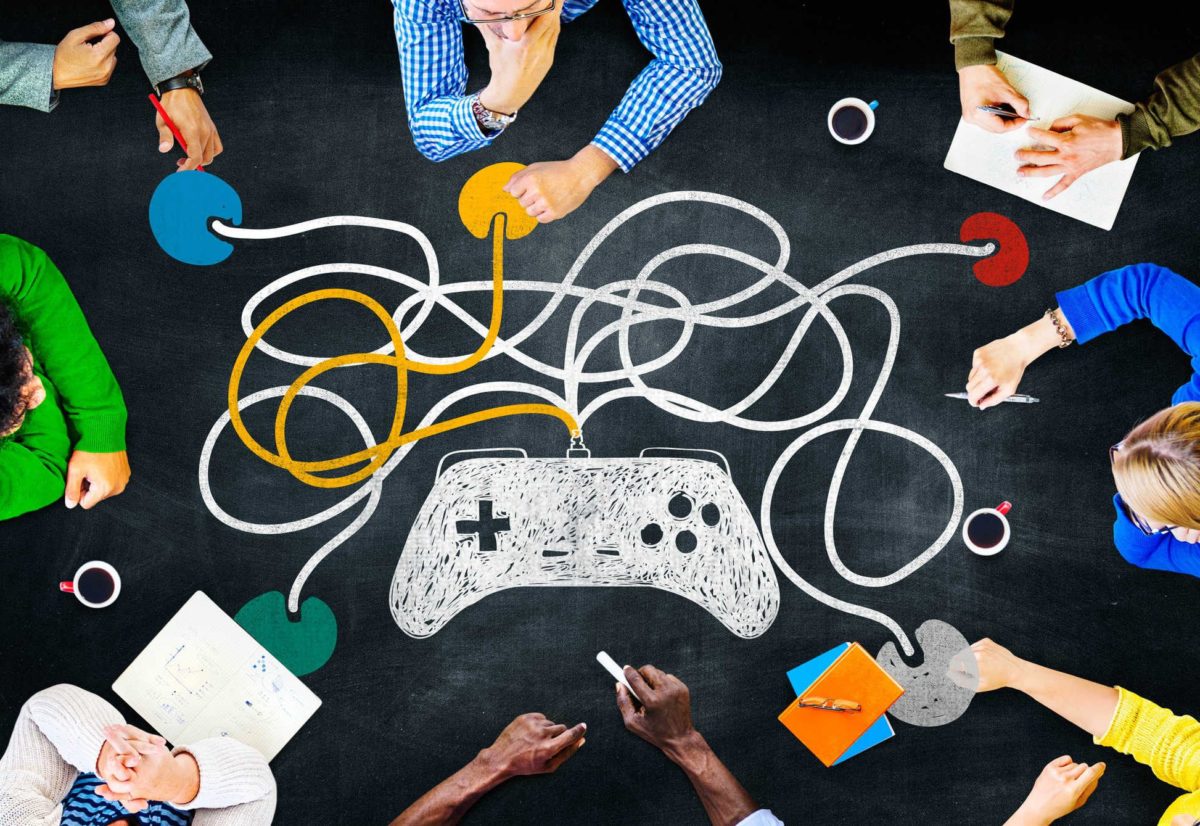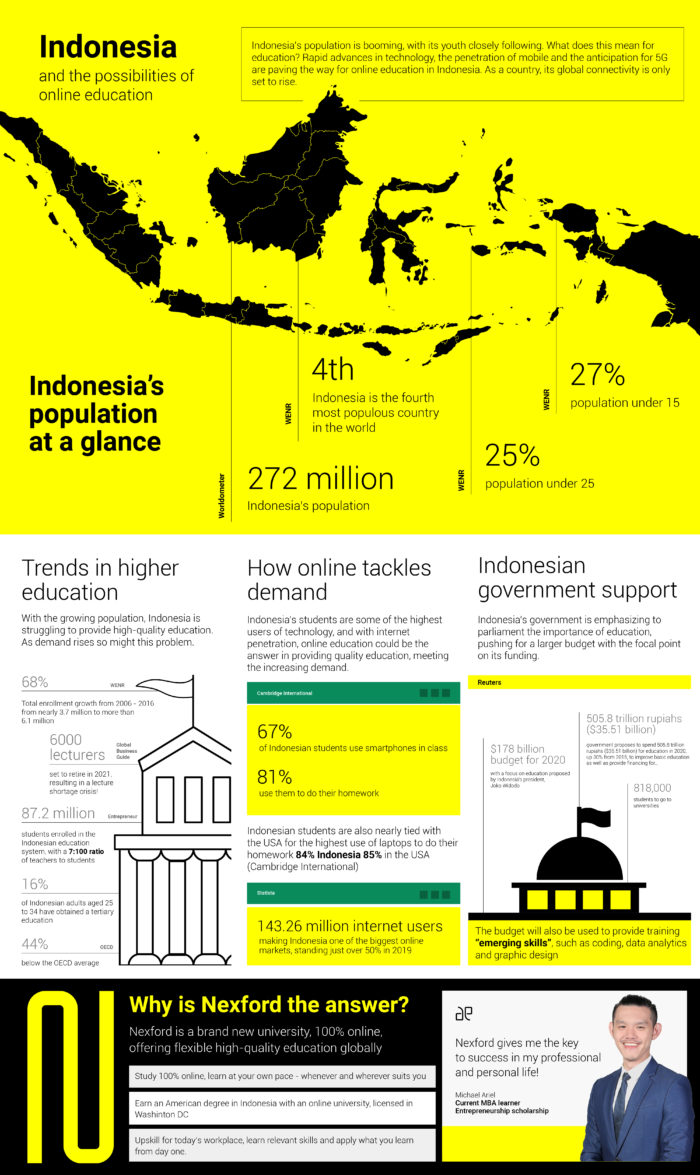
What technology have we used in education so far? Stylus and wax tablet are pieces of technology used back in Ancient Roman times. Books are technology as well as a TV, an abacus, or a video recorder. Creative educators have been integrating more non-educational content (like newspapers) into their classes. Anything man-made where his knowledge is applied for practical purposes is a technology, so it’s much more than a computer or some smart device.
However, these days, when mentioning technology in education, we’ll be mainly talking about the one having a screen, an internet module, and unlimited potential to boost learning when used creatively. Modern education technology breaks through the geographical, social, economic, time and other limitations that otherwise deprived entire populations of education.
Technology has Reshaped a Modern Classroom Environment

Today, when the internet, a whiteboard and a smartphone in class are standard and no longer causing the wow effect, trainers well versed with computer-assisted learning methodologies have been exploding with ideas to drive the latest tech into classes.
When thinking of how technology has changed education, just a few years ago, mobile devices were merely substituting handouts, the use of overhead projectors, books, paper and pens. Now students and teachers create their own digital content, including many sorts of media and changing the way that instructing and learning actually happens.
The practical impact of technology on education ranges from blogging and video-making in French while learning a foreign language to bringing pieces together while walking in the open air and using an augmented reality app to learn basic algebra.
Smart Use of Devices Help Young Learners Become More Autonomous

Technology blends the real world that is interesting to the latest generations with learning tasks. That’s its most significant asset for the future of education. Opportunities to include more project-based learning encourage students to take more ownership of their learning and to become more autonomous.
These are the positive side-effects that technology can bring into education. It’s not a guaranteed recipe, of course, since it requires competent educators and motivated learners for this model to shine bright. With the right motivation, there’s less need for a teacher standing by one’s side. Technology is transforming the role of a classroom teacher who is becoming more of a facilitator and a coach.
The entire learning can take place outside traditional settings using the internet to connect with the best experts in their fields from anywhere in the world. That’s the underlying concept of online learning.
Online Learning is Gaining a Strong Position in the Future of Education

Online learning provides a flexible mode of studying what is necessary. From watching a quick DIY video on repairing car breaks to attending a few months’ course on biomechanics with one of the professors at Stanford University. From corporate training to independent studying at home and in case assignment help is needed you can always check this site Easyessay.us
Any level of education can now be delivered remotely at a click of a button. Online courses have taken the need to attend bricks and mortar schools at specified times out of the equation. For someone with work and family responsibilities, that’s a huge advantage. Moreover, the unlimited scalability of the massive open online courses grants them a competitive edge at pricing.
Online learning tends to be more skills-oriented where students only learn what they need exactly for a specific job or career aspirations. That means less time in getting a qualification and less money spent on different modules compared to standard university or college studies.
Discover more about Nexford’s programs here.
And yet, wherever there are freedom and flexibility, we, humans, need strong motivation and will power to proceed with specific tasks. In the case of online learning, only 5% of students who enroll in courses manage to go to the last minute. That’s a bit sad. Different online learning platforms are doing their best in attempting to tackle the issue.
Gaming Elements have made it to Education – Tricking Students into Learning

BitDegree has developed an excellent scenario for boosting student engagement and motivation for learning. This online education platform created a gamified learning environment in a mixed style of urban fantasy and cyberpunk that “tricks” students into spending more time to learn what they need.
Gamification is a unique design model that places the most emphasis on human motivation in the process. In essence, it is Human-Focused Design. Gaming was the first sphere where designers strived to make their product enjoyable, not necessarily fair and optimized to be completed within the least amount of time.
Game creators have one goal in mind – that’s pleasing the person who’s playing. In fact, game mechanics are sophisticated enough and require some degree of learning to be able to play, but the whole game flow makes this part seamless. A gamer doesn’t even notice that he’s
been learning. Borrowing the working strategies and using them in the education sector seems promising to advocates of gamification in education.
Stepping into the Future with Positive Vibes
In the world of information surplus and shortening attention span, modern education technology such as gamified platforms can prove to be more attractive and effective for students of the latest generations. Looking at how technology has changed education, we can see that learning can be exciting when human creativity is blended with the latest tech achievements. And that looks promising!

















